In November 2003 La Boite Theatre Company moved into its new home at the Roundhouse Theatre in the Kelvin Grove Urban Village on the QUT campus. With an exterior of orange brick and distinctly round in shape, the Roundhouse is strikingly visible from Kelvin Grove Road.
The interior houses a rehearsal facility, company offices and a performance space with a raked auditorium seating 400 with flexibility to convert from in-the-round to a thrust stage. Commented Artistic Director and CEO Sean Mee in his 2003 Annual Report:
Importantly, the La Boite trademark of intimacy and accessibility to the actors and action of the play has not only been retained but enhanced. I like to think that we brought the past with us and built this new venue to, in some way, replicate and improve upon the rich creative and cultural legacy of Hale Street.
And the Company wasted no time in quickly stamping a distinctly Queensland flavour and identity on its new space: at the first Season Launch in the Roundhouse, Mee announced a 2004 season of five new plays by resident Queensland writers, four of which were La Boite commissions. For the first time in the Company’s history, audiences were presented with an entire season of new Queensland plays – “our voices, our stories, our journeys”, as Mee described them.
The first production in The Roundhouse signalled this new direction. It was Nick Earl’s Zigzag Street adapted for the stage by Queensland playwright Philip Dean. An international best-seller as a novel, it was a ‘best-seller’ for La Boite. Directed by Jean-Marc Russ, designed by Bill Haycock with lighting design by David Walters, Zigzag Street was a brilliant debut for the Company in its new home. Zigzag Street was followed by three more La Boite commissions: The Mayne Inheritance by Errol O’Neill, James & Johnno by Margery Forde and Michael Forde, and Urban Dingoes by Norman Price. The final production for 2004 was Wicked Bodies by Angela Betzien, a co-production with Zen Zen Zo Physical Theatre Company.
With subscription numbers increased by a healthy 20%, the Company produced six plays by Queensland writers in its 2005 season, three of which were commissions: Crèche and Burn by Elise Greig directed by Ian Lawson, The Drowning Bride by Helen Howard and Michael Futcher directed by Michael Futcher, and The Dance of Jeremiah by Matthew Ryan directed by Sean Mee.
In fact between 2004 and 2009 La Boite’s seasons consisted almost exclusively of new or extant Queensland works, a strategy which worked extremely well, with the company’s gross box office totalling well over $2 million. For Mee, this was proof that the Company had found an audience which previously did not go to the theatre and who were relishing seeing their own Queensland stories told on the Roundhouse stage.
Sean Mee’s final year with La Boite was memorable for a “landmark production” of Ray Lawler’s Summer of the Seventeenth Doll which he directed, with Caroline Kennison as Olive giving “one of the stellar performances of her career”,[3] and an acclaimed production of Matrix Theatre’s The Wishing Well by Helen Howard and Michael Futcher directed by Futcher. Yet despite some artistic successes and continuing good governance this was not enough to make the Company financially bullet-proof against a fast approaching global economic crisis. By 2008 La Boite was beginning to feel the full effects of the downturn in the Australian economy through diminishing box office income and continuing operating deficits. Then came the dramatic news that the Australia Council for the Arts had withdrawn the Company’s triennial funding for the period 2009-2011. A lesser company might not have recovered from such a blow. Not so La Boite. It took it as a sign that the Company, once again, must face renewal.
During 2008, Sean Mee decided it was time to step down after eight successful years as La Boite’s Artistic Director. Mee’s great triumph was the artistic relocation of the Company, at the heart of which was the positioning of Queensland playwrights and their plays at the very epicentre of all creative activity undertaken by La Boite Theatre Company. By the end of his tenure, La Boite had become a national leader in the generation of new Australian theatre. Mee’s parting words were:
I have always believed in the ‘what’ of this Company; its history within this artistic community and the city of Brisbane, its continuing contribution to the State of Queensland, its decades old charter to provide access and opportunity to artists, its nearly 35 year obsession with the development of Australian writing and performance, building a place for them at the forefront of the national artistic agenda, and its steadfast resolve to continue to renew itself so that it can grow with its community and make a place for itself in the future.
The story of the physical and creative relocation of the Company was, once again, the story of La Boite’s ability to survive another day – the ability of those in leadership positions to passionately envisage and articulate a viable future for the Theatre and to fight to the point of exhaustion to achieve it. The historic relocation was complete and La Boite, as always, looked to the future with robust optimism and great confidence, earned through almost eight decades of uninterrupted theatrical activity – a distinctive achievement in the history of Australian theatre.
David Berthold, a leading Australian director, took up his appointment as the new Artistic Director and Chief Executive Officer of La Boite Theatre Company towards the end of 2008.
Writer: Christine Comans
[1] La Boite Theatre 2003 Annual Report.
[2] Mee, S. (2003) Unpublished Speech at the Launch of Season 2004.
[3] Nigel Munro-Wallis on 612 ABC Brisbane in La Boite Theatre Company 2008 Annual Report p. 15.

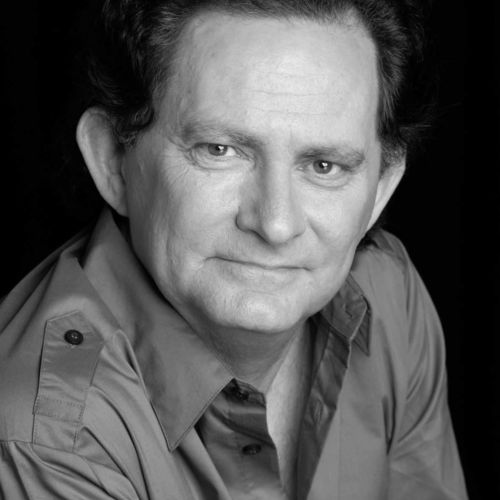
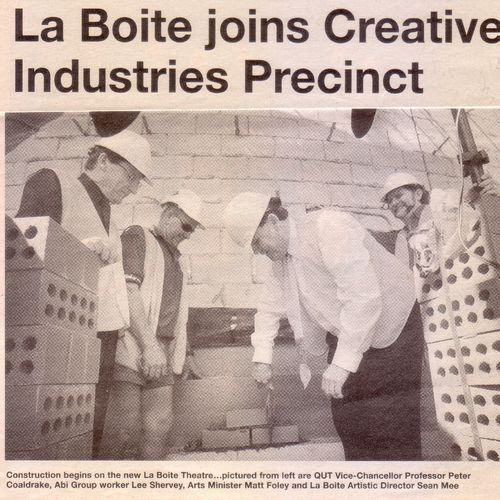



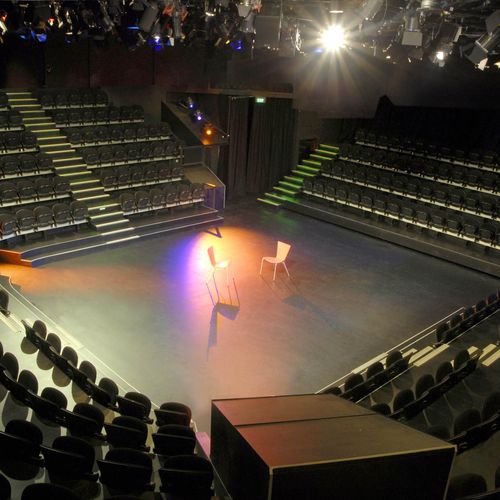
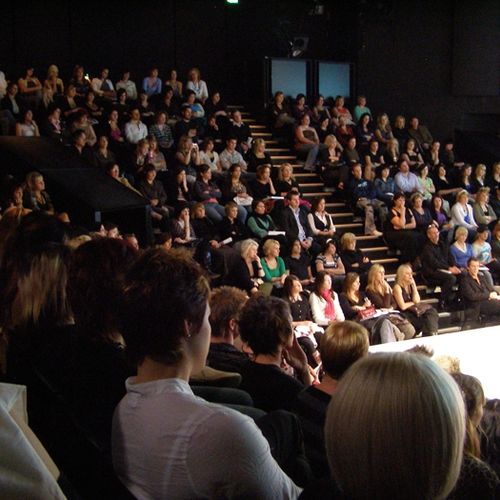
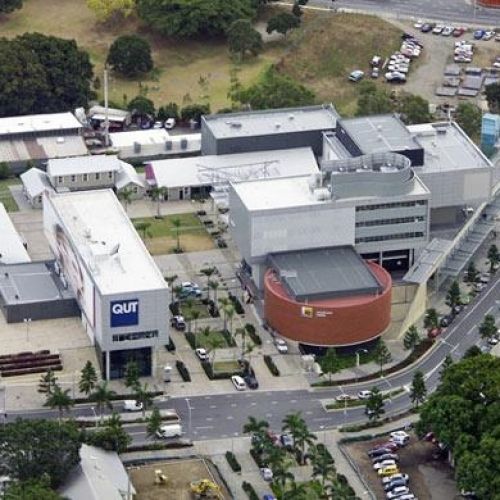
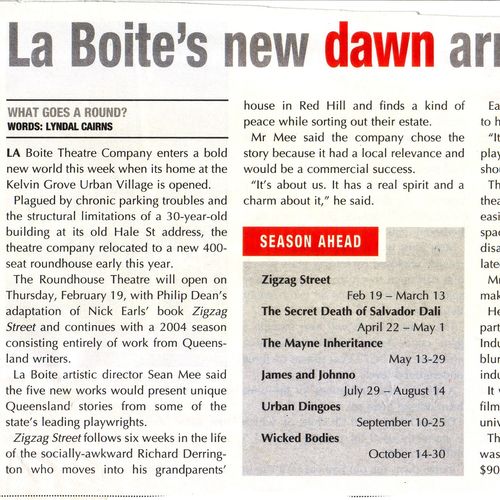
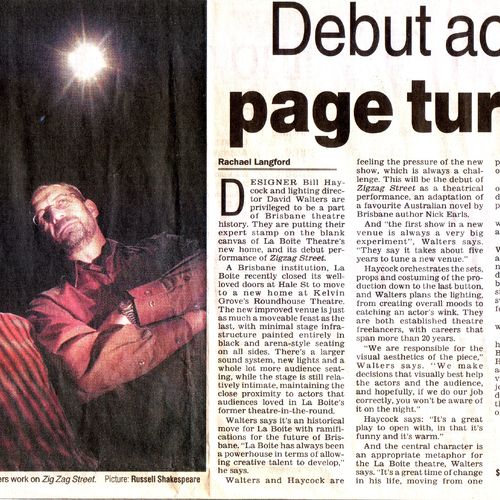
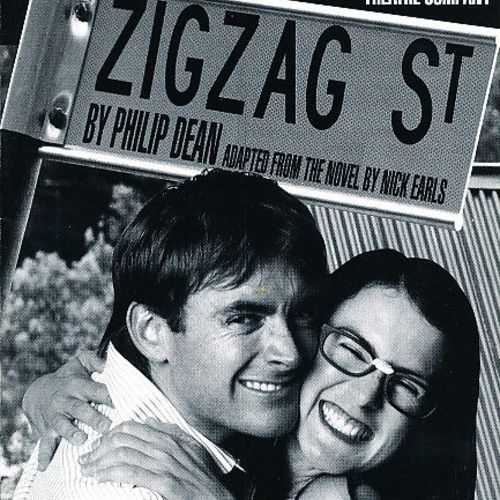
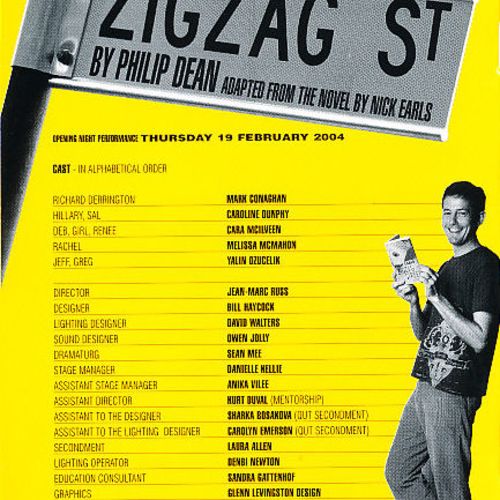
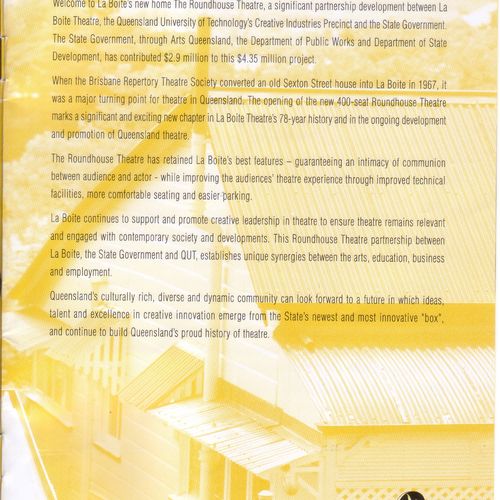
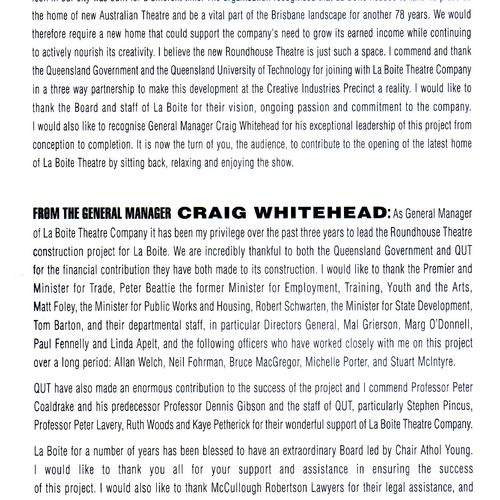
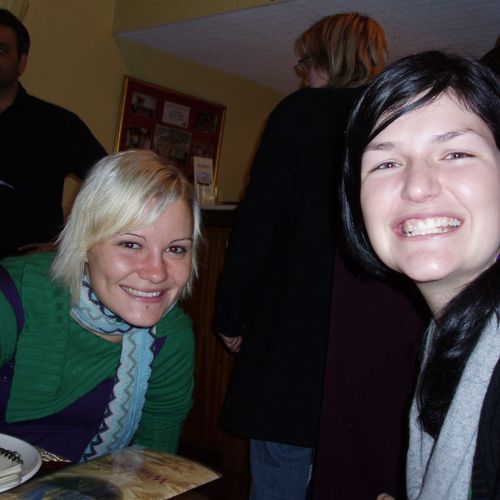

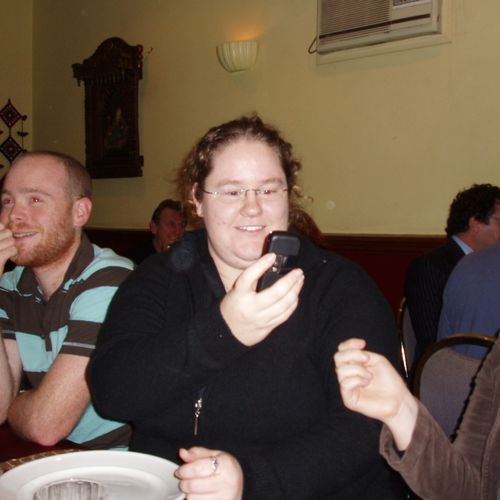
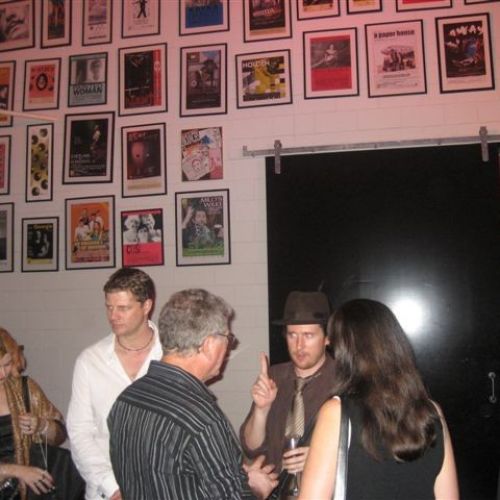
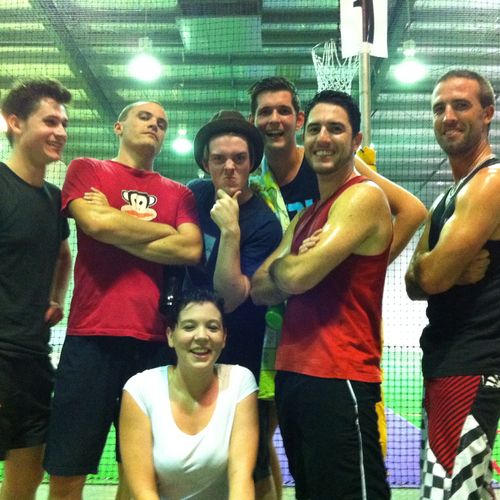
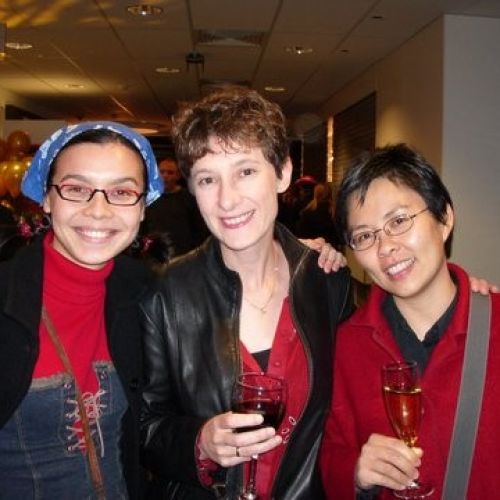



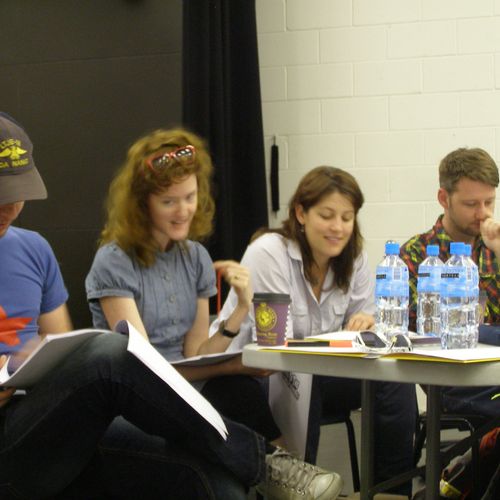



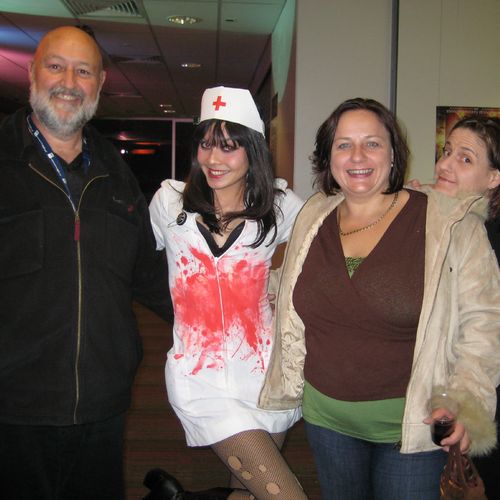
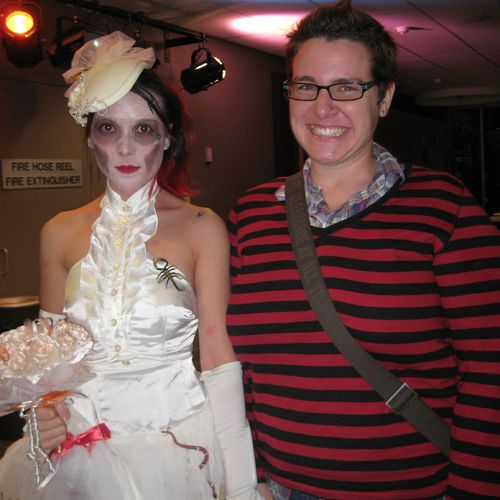
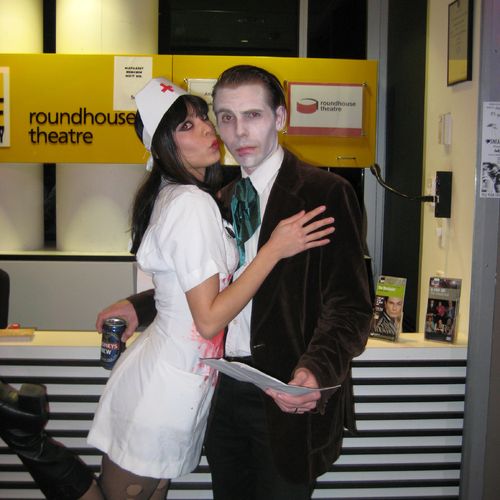
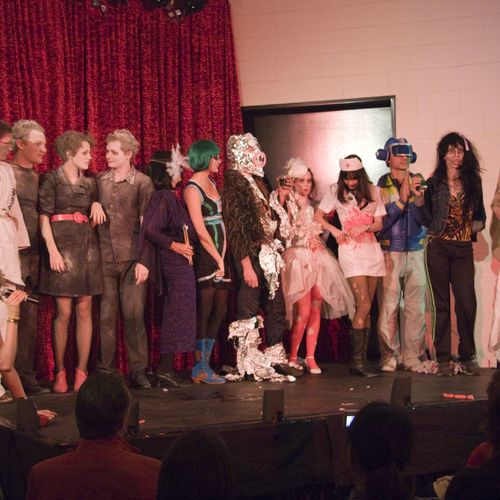
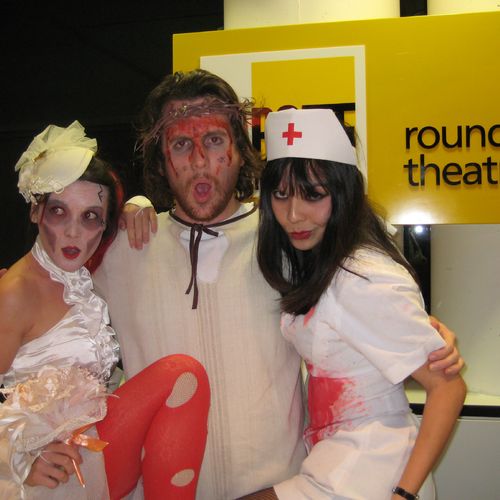

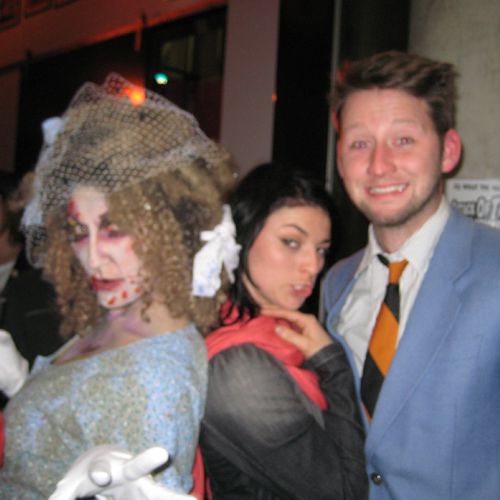
Tell us your story